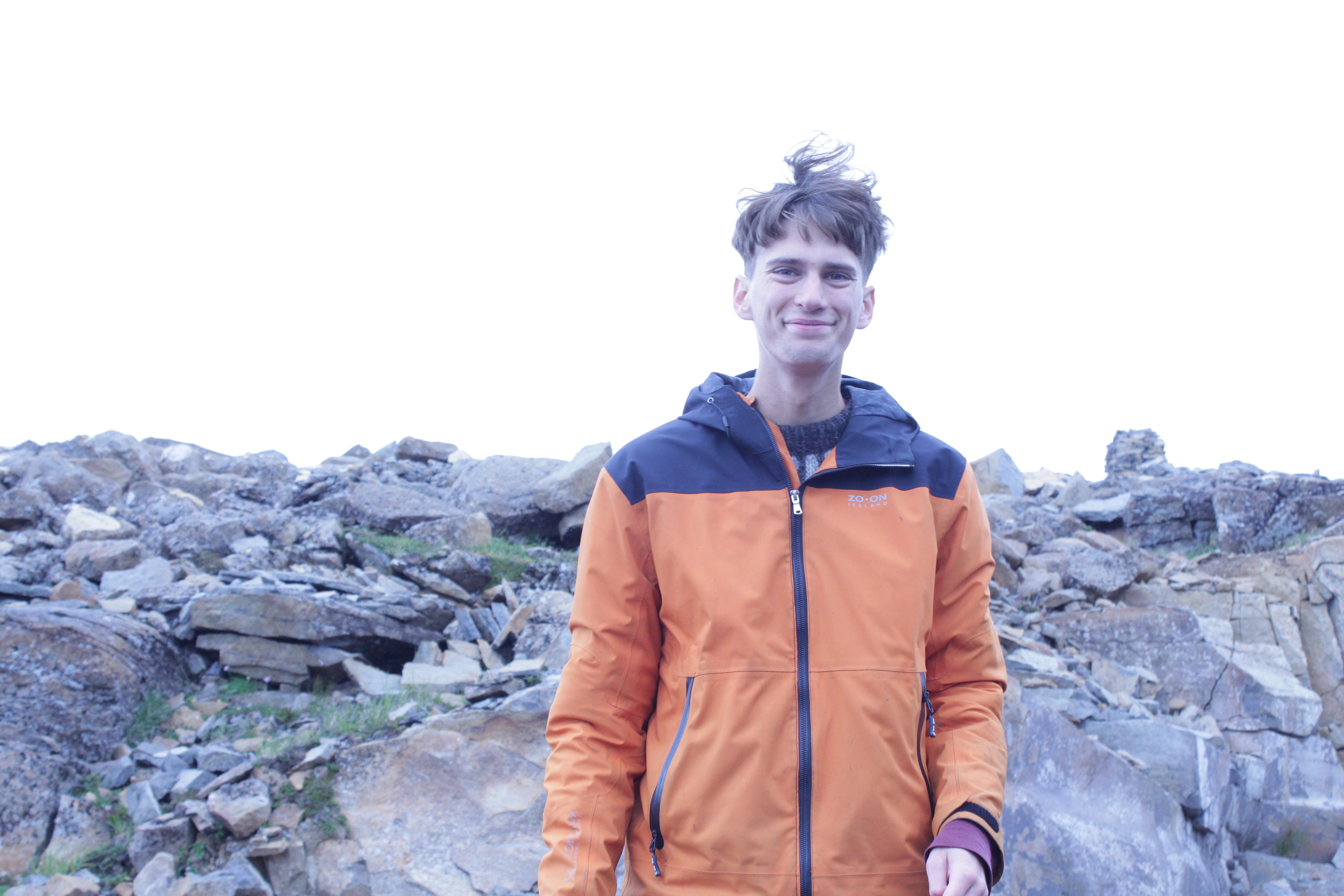Inhalation
Föstudagur, 18. jśnķ 2021
The diaphragm and other muscles drive inspiration by expanding the thorax
Respiratory muscles drive inspiration by increasing the volume of the thoracic cavity, thereby creating more room for air. The lungs and most of the esophagus are located inside the thoracic cavity. During an attempted breath, the drop in esophageal pressure is a proxy for inspiratory effort. Pathologically low pressure indicates muscle effort to draw in air through a partially or fully obstructed airway. This action is governed by the ideal gas law:
PV = nRT
where R is a constant. During obstruction, n is the fixed amount of air inside the thoracic cavity, and T is the moderately rising body temperature. If the diaphragm and intercostal muscles expand the thorax volume V, while nRT remains stable, the pressure must drop to compensate. During a partial occlusion, n will increase during inhalation, but not enough to keep P stable.
Illustration by Mariana Ruiz Villarreal, WikiMedia Commons
Source: Mead J, Gaensler EA. Esophageal and pleural pressures in man, upright and supine. J Appl Physiol. 1959;14(1):81–83. doi:10.1152/jappl.1959.14.1.81.
Flokkur: Vķsindi og fręši | Breytt s.d. kl. 12:55 | Facebook

Bęta viš athugasemd [Innskrįning]
Ekki er lengur hęgt aš skrifa athugasemdir viš fęrsluna, žar sem tķmamörk į athugasemdir eru lišin.